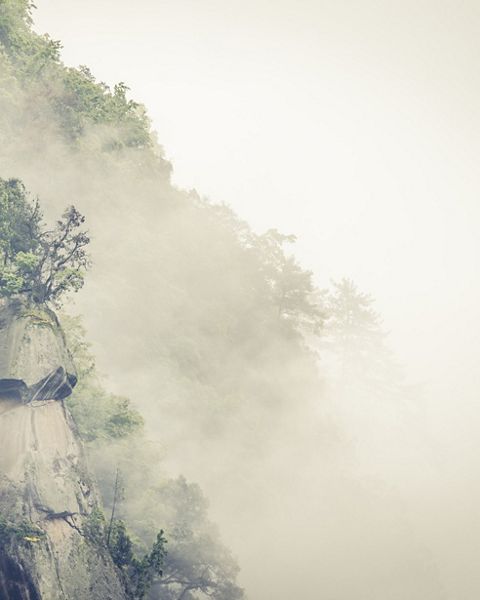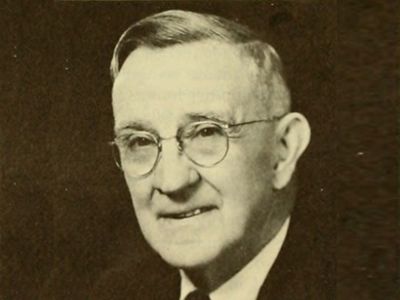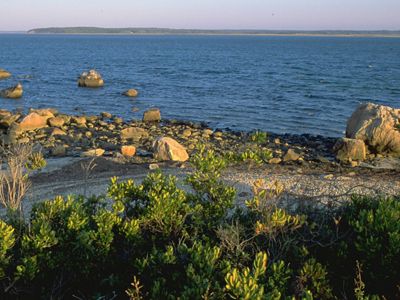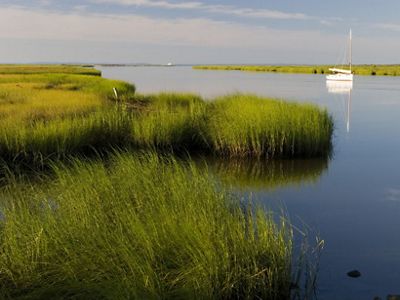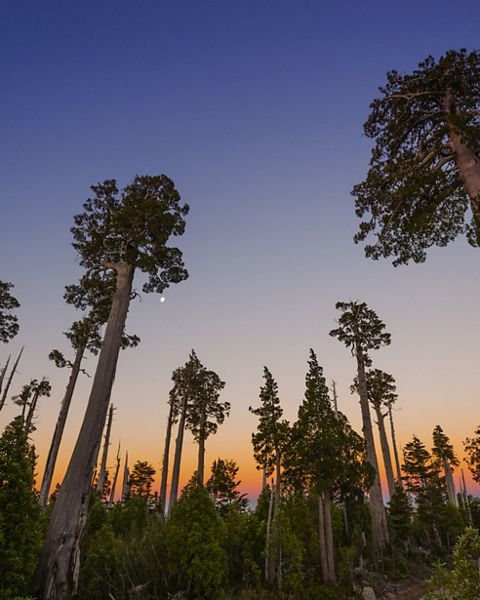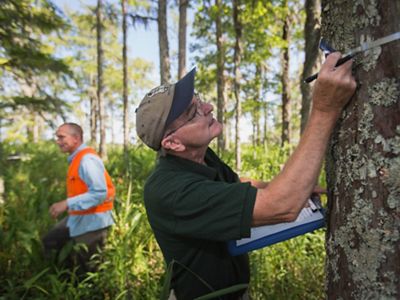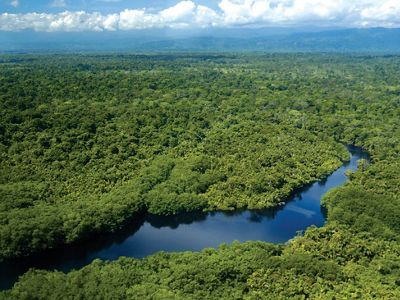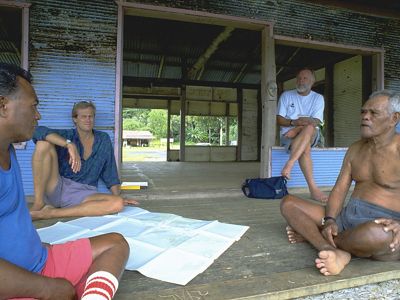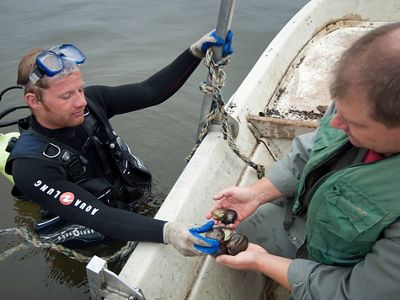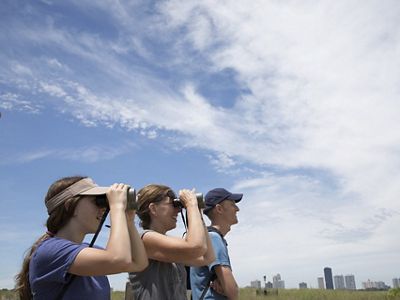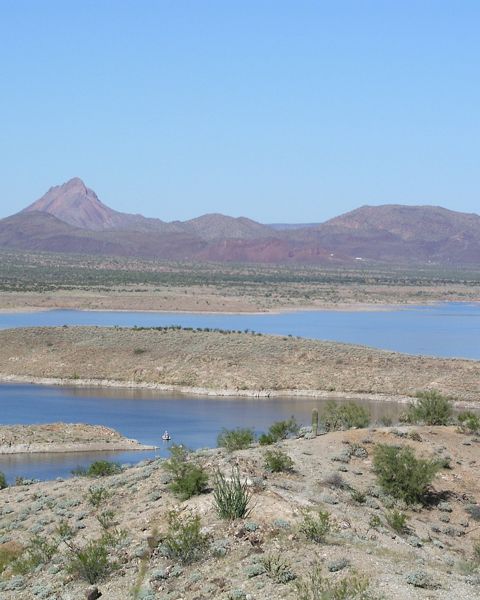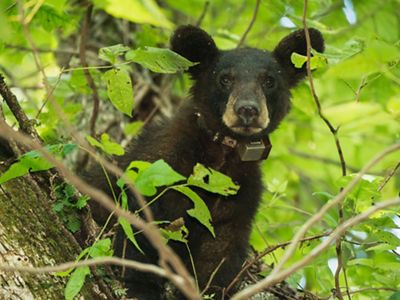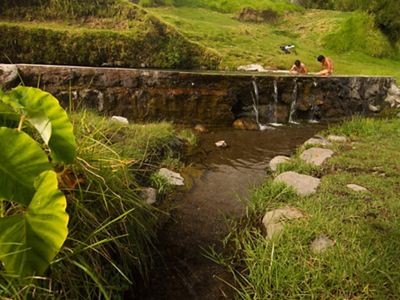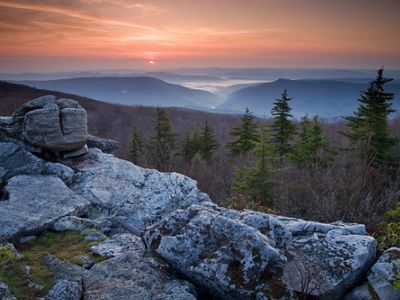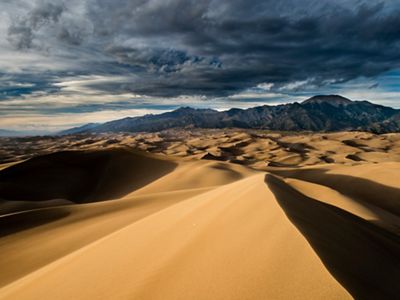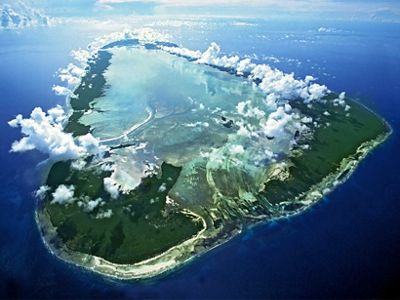Grounded in science and collaborative from the beginning
The Nature Conservancy began when leading scientists, committed citizens and dedicated leaders came together with a shared vision to protect and care for nature. Today, as we take on the most complex environmental challenges of our lives, our diverse staff, partners and members impact conservation across more than 70 countries and territories.
The Nature Conservancy Through the Years
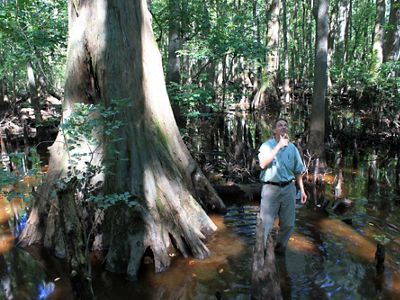
The research-focused Ecological Society of America is formed. From the beginning, members debated over the mission. Should the organization exist only to support ecologists and publish research or should it also pursue an agenda to preserve natural areas?
To retain its focus on research, the Society dissolves the Committee. Shelford and a small group of scientists form the Ecologists Union and resolve to take “direct action” to save threatened natural areas.
1950-1959
The Nature Conservancy officially forms and is launched into land protection on Christmas Eve 1954 when neighbors of a 60-acre forest in New York were given an ultimatum: bid on the wooded ravine or see it developed.
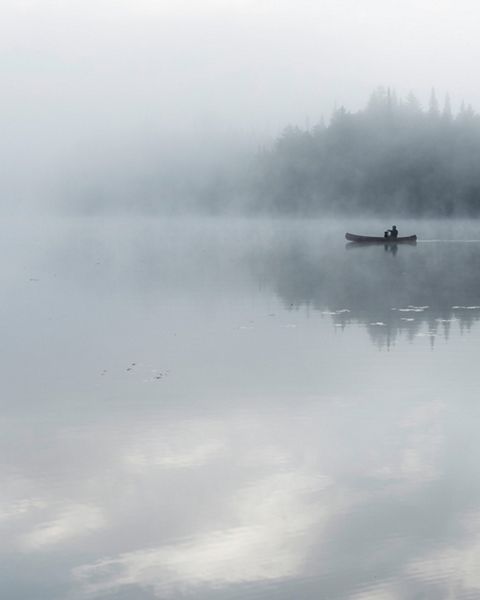
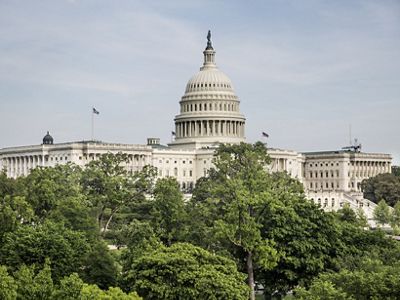
The Ecologists Union changes its name to The Nature Conservancy, and the organization is incorporated as a nonprofit organization in the District of Columbia in 1951.
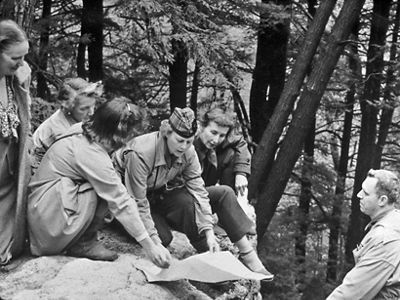
The Conservancy works with Mianus River Gorge neighbors in Bedford, New York to strike a deal to protect a 60-acre hemlock forest; they pledge their life insurance policies, and TNC finances $7,500 of the purchase.
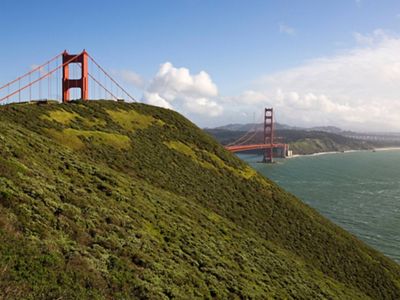
The Conservancy purchases 3,100 acres from a landowner who was able to stay on the land, and TNC forms its first public agency partnership with the Bureau of Land Management to co-manage the property.
We receive our first donated conservation easement—6 acres of Mystic River salt marsh in Connecticut. The landowner retains ownership while TNC is responsible for ensuring the ecological values of the land endure.
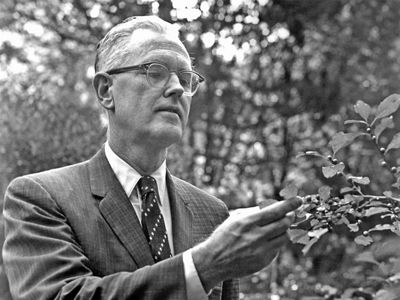
A gift from the Ford Foundation enables TNC to hire its first full-time, paid president, renowned botany expert and founding member of the Conservancy, Dr. Richard H. Goodwin.

With funding from the U.S. Congress, the Parks in Peril program launches to protect 50 million acres in Central and South America and the Caribbean by helping local organizations provide effective park stewardship.
1990-1999
During these pivotal years, the Conservancy embraces conservation work at broader scales. We develop regional planning tools that become the foundation of our work, and we take our expertise to new geographies.

The Nature Conservancy turns 50; in celebration, 12 renowned photographers, including Annie Leibovitz and William Wegman, capture the rich and complex splendor of some of the Last Great Places in a photography exhibit.
2010-2019
With decades of conservation success to draw from, the Conservancy is taking bolder steps than ever before to amplify and accelerate our work to address challenges like climate change and food security.


The Conservancy’s China Blueprint heavily influenced China’s national conservation plan. The plan calls for a halt to the loss of biodiversity in the country by 2020 and establishes priority conservation areas.
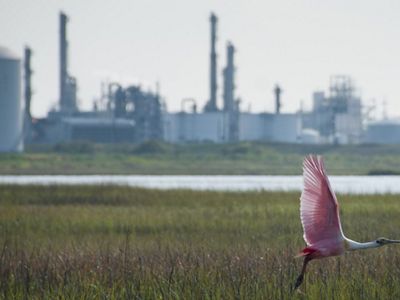
The Nature Conservancy, the Dow Chemical Company and The Dow Chemical Company Foundation launched a breakthrough collaboration to develop tools and demonstrate models for valuing nature in business decisions.
The Nature Conservancy and the nation of Seychelles finalized the first-ever debt-for-marine-conservation swap. The deal will protect nearly 160,000 square miles of ocean off of Seychelles while helping the country pay off its sovereign debt. The first marine protected areas, totaling 81,000 square miles were created in 2018.
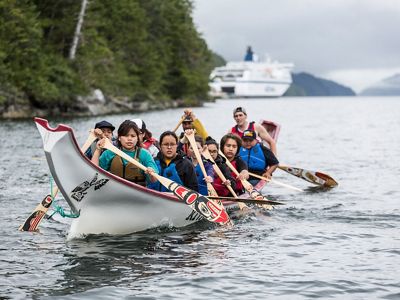
The Conservancy’s Canadian affiliate, Nature United, worked alongside First Nations to help facilitate a milestone agreement, permanently conserving 19 million acres of Pacific coast between Vancouver Island and southeast Alaska. About 9 million acres are off limits to logging, with the balance managed under some of the world’s most stringent harvest standards.
2020-Present
As our planet faces the dual crises of rapid climate change and biodiversity loss, The Nature Conservancy is implementing its biggest, most ambitious plans to achieve lasting results, guided by science and equity.
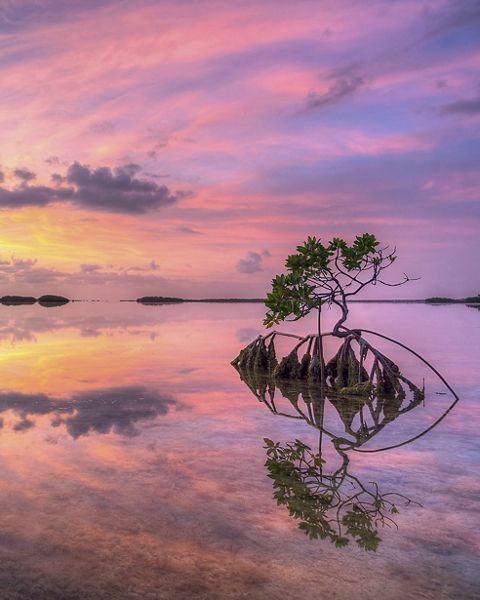

The Nature Conservancy helped transform a former mining town into a thriving hub for outdoor recreation in Colorado. This vision came to life when a 19,200-acre ranch was made into the new Fishers Peak State Park.
The future of TNC is in your hands.
The challenges facing our natural world have never been greater, and the need for bold solutions has never been more urgent. Your support will allow us to put the best conservation science into action right now.


